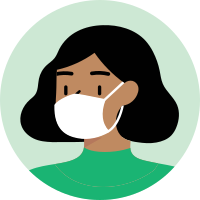Fly Management
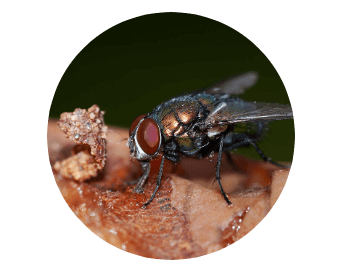
Fly Treatment
Our Specialist is trained to help manage flies and similar pests. Since every building or home is different, our technician will design a unique program for your situation.
We can provide the right solution to keep flies in their place…out of your home, or business.
HOW DID I GET FLIES?
There are many different ways homeowners may get a fly in their living space. The insects can enter houses on food products (fruit flies) or drift in through open windows and doors. They may also be attracted to and develop in decaying organic matter in drains. They can also infest dead animals in walls, attics, or other hidden places inside the home. Some species prefer to overwinter inside and are attracted to sunny parts of the home and upper floors of buildings.
HOW SERIOUS ARE FLIES?
Because people correctly associate flies with filth, these pests disgust and annoy residents in homes. The insects can also transfer disease organisms when they touch food and kitchen surfaces. In addition, certain fly species can inflict painful bites on humans and animals. The U.S. Department of Agriculture sources reveal that flies contaminate or destroy $10 billion worth of agricultural products annually.
Disease
Millions of microorganisms may flourish in a single fly’s gut, while a half-billion more swarm over its body and legs. Flies spread diseases readily because they move quickly from rotting, disease-laden garbage to exposed human foods and utensils. Every time a fly lands, it sloughs off thousands of microbes which can cause serious illnesses like:
- Bloodstream infections
- Diarrhea
- Food poisoning
- Meningitis
More than 100 pathogens are associated with the house fly, including Salmonella, Staphylococcus, E. coli, and Shigella. These pathogens can cause disease in humans and animals. Some of the diseases include:
- Cholera
- Bacillary dysentery
- Hepatitis
- Typhoid fever
About Flies
Flies can be a nuisance when buzzing around your premises, particularly if in large numbers. However, some species of fly also pose health risks to humans. House flies transmit a wide range of diseases including salmonella, dysentery, tuberculosis, cholera, and parasitic worms. In India, there is a high risk of disease transmission through flies. During emergency situations, when hygiene conditions are less than optimal, flies often are the main reason for cholera and dysentery epidemics. But even under normal conditions, children and the elderly are at a greater risk of conducting more common diseases such as salmonella food poisoning from fly contaminated food.
Flies spread diseases because of their breeding and feeding habits. Bacteria from where the fly usually feeds on would get stuck on their mouthparts and footpads eventually spreading onto places they land on. Imagine if it’s exposed to food that you are about to eat.
However, there are simple ways you can identify signs of a fly infestation and take simple precautions because it has the potential to turn into a serious infestation if left uncontrolled.
Flies typically hatch outside and then make their way into our homes through structural weak spots, such as damaged weather stripping or torn screens covering windows and doors. Around the home, flies can lay their eggs in garbage cans, compost piles, excrement, and rotting organic material. Female flies can lay between 75 to 150 eggs at a time, which if compressed together only adds up to roughly the size of a pea, making them extremely difficult to identify.
Houseflies are widespread because they reproduce quickly and in large numbers. At times, they have been known to move up to 20 miles from where they were hatched, but they usually stay within one mile of their birthplace. Fruit flies, another common fly type, are usually found within the home because of their attraction to food waste like overripe or rotten produce. They typically enter the house as hitchhikers on produce and other food brought in from the outside. Horse flies are not commonly found inside and do not feed indoors, but sometimes enter homes by accident through open windows and doors.
Types of Flies
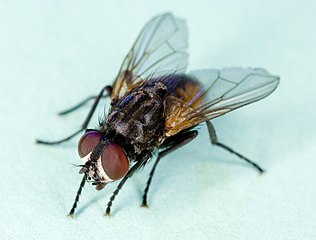
House Fly
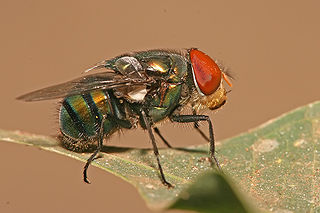
Bluebottle Fly
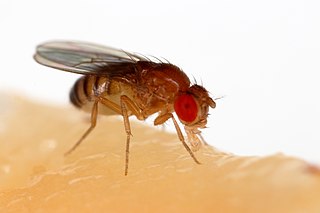
Fruit Fly
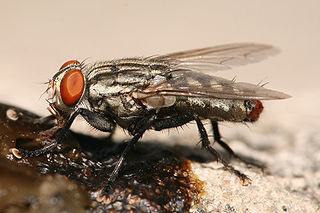
Flesh Fly
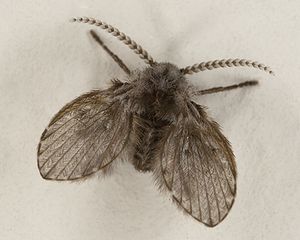
Drain Fly
A.I.M
Step 1 : Assess
Inspection:
If you have seen flies and want to help protect your home against this multiplying intruder, our specialist will come and inspect your home.
Flies are sneaky and fast, but our specialist is trained to pinpoint evidence if they are around. On the first visit, we will examine your entire home including the bed, furniture, rugs, and linens. We will conduct an inspection of target areas, and if required, use tools to check cracks and crevices.
Our specialists will usually start in the kitchen and work their way through your home, concentrating on the furniture and the areas immediately surrounding the furniture.
Step 2 : Implement
Upon completion of the inspection and an assessment of the situation, our specialist will recommend the best course of action. If the inspection confirms an infestation, We will recommend a treatment plan based on the severity of the infestation and your preferences. We will use the best tools and science to address the causes and treat your flies problem in the best way for your family, pets, and the environment. This implementation method target flies as well as the larvae — preventing them from maturing into breeding, biting, and potentially disease-carrying adults.
Step 3 : Monitor
Flies can be difficult to eradicate, so our specialist will perform a follow-up visit to help ensure the effectiveness of the professional treatment that was performed. Additionally, our specialist will document the visit and recommend the next steps to ensure the best maintenance approach for your home.
Other Services
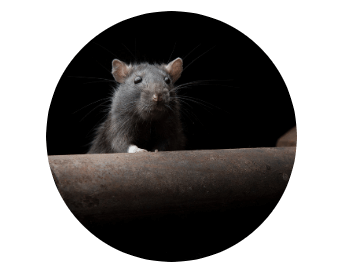
Rodents Management
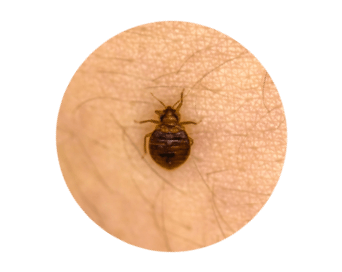
Bed Bugs Management
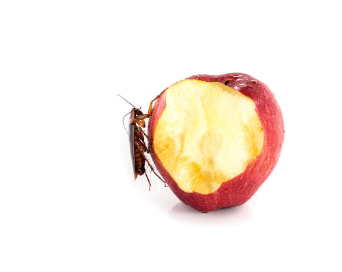
Cockroach Management

Rodents Management

Bed Bugs Management
Sarcophagidae is a family of flies commonly known as flesh flies. They differ from most flies in that they are ovoviviparous, opportunistically depositing hatched or hatching maggots instead of eggs on carrion, dung, decaying material, or open wounds of mammals, hence their common name

Flesh Fly
Appearance
- 6-14mm long.
- Thorax is light grey and has 3 dark longitudinal stripes.
- The abdomen is also light grey, spotted with dark patches to give a checkerboard appearance.
Lifecycle
- The lifecycle lasts for 2-4 weeks.
- The female deposits live larvae on a suitable feeding medium (this can range from spoilt meat or fish, or animal excrement, or in decaying food waste found in garbage bins).
- Larvae feed for a few days, then move away from the feeding medium to pupate in adjacent drier parts.
Habits
- They are attracted to decaying wastes, excrement and human foods – making a threat to human health.
Bluebottle flies (Calliphora vomitoria)(also known as Blowfly) can often be seen hovering around dustbins. These scavengers are attracted to pet feces and dead animals and as such are known carriers of the disease.
Their name originates from their iridescent colors that are similar to colored bottles.

Bluebottle Fly
Key Facts
- Adult is 1/4″ – 1/2″ in length.
- Metallic blue colour.
- Larva — Similar to the house fly larva in all respects except size. 3/4″ when mature. They take 7 – 12 days to mature.
Lifecycle
- Eggs hatch 0 – 18 hrs (partial development may occur within the female).
- Breeds in mostly meat derived substances, sometimes cheese.
- Common pest of dead rodents/birds etc.
Habits
- They are attracted to decaying wastes, excrement and human foods – making a threat to human health.
House flies (Musca domestica) are major carriers of disease and can infest all types of premises. They are attracted to all types of food, including human food, pet food, animal feed, food waste, and even feces. Seeing adult flies is usually the most common sign of activity and a potential problem. Larvae may also be seen as they crawl out of breeding material to pupate.

House Fly
Key Facts
- An adult is 5–8mm in length.
- Grey thorax with 4 narrow stripes.
- Buff or yellow abdomen.
- Covered with small hairs that serve as taste organs.
- Complex compound eyes – with thousands of lenses allows them a wide field of vision.
- 4th wing vein bent and wingtips slightly pointed.
- The larva is white and tapers to a point at the head end. There are 2 spiracles “spots” at the hind end, which is legless and 12 mm in length when mature.
Lifecycle
House flies are able to quickly mature from an egg to an adult. They breed in moist decaying vegetable matter eg. in an uncovered dustbin or pet food.
- Eggs are laid in batches of 120 to 150 and can hatch in 8 – 72 hours.
- The larvae of House Flies can take 3 – 60 days to mature.
- Pupae matures in 3 – 28 days.
Habits
- They are attracted to decaying wastes, excrement and human foods – making a threat to human health.
Fruit flies (Drosophila species) are commonly found infesting fruit or hovering around fermenting residues found in pubs, fruit orchards & vegetable plots, and breweries

Fruit Fly
Key Facts
- 3mm in length.
- Yellow–brown or mottled in colour.
- Bright red eyes.
- Abdomen hangs down in flight, which is slow.
- Tend to hover.
Lifecycle
- They can breed in rotten fruit, unclean drains, and even cleaning utensils.
- Develops to adults in 7–30 days.
- Adult lives 2–9 weeks.
- In ideal temperature conditions, fruit flies can complete their development in as little as 1 week.
Habits
- They are attracted to decaying wastes, excrement and human foods – making a threat to human health.
Drain (Psychodidae) flies are often associated with sewage beds, where larvae feed on sludge-like organic matter. They are also known by a variety of names; drain fly, sewage fly, and moth fly are a few examples.

Drain Fly
Key Facts
- 2mm in length.
- Tan colored body appears as grey.
- Wings densely covered in hair and held tent-like over the body when at rest.
Lifecycle
- Eggs hatch 1-6 days.
- Larvae 10–50 days to mature.
- Pupae 1–3 days to mature.
Habits
- They are attracted to decaying wastes, excrement and human foods – making a threat to human health.
Let's Work Together!
Get rid of those Pests!


